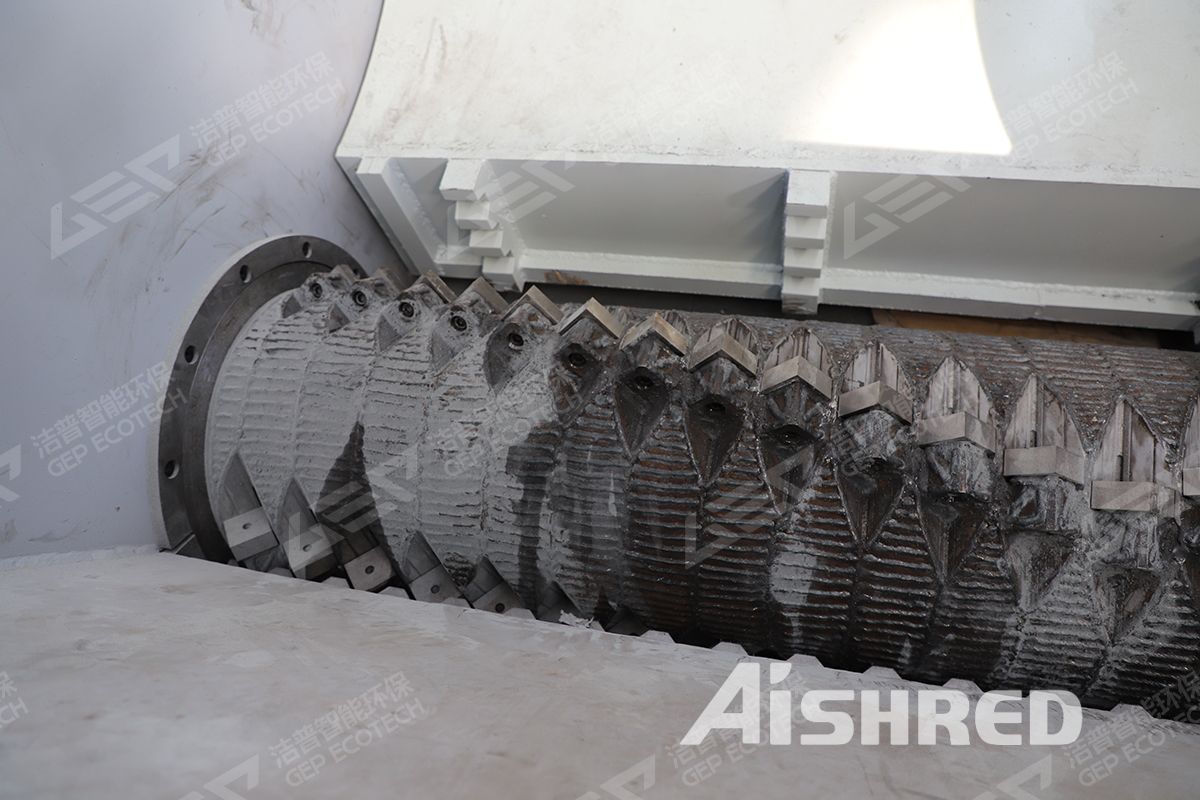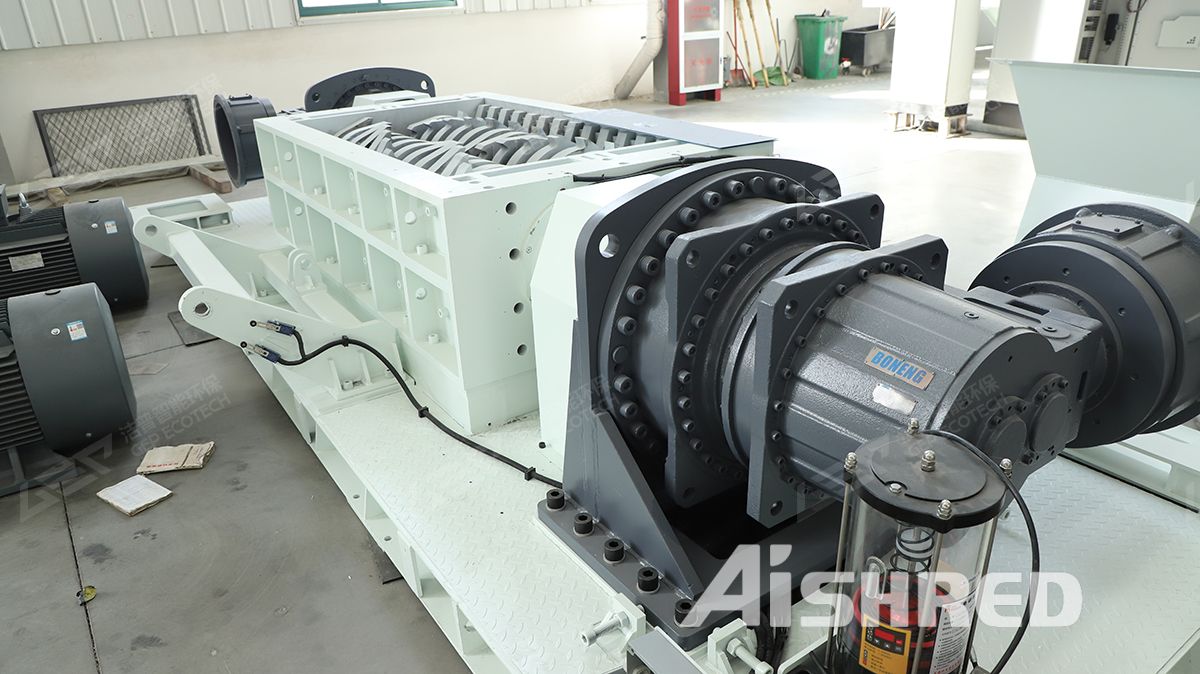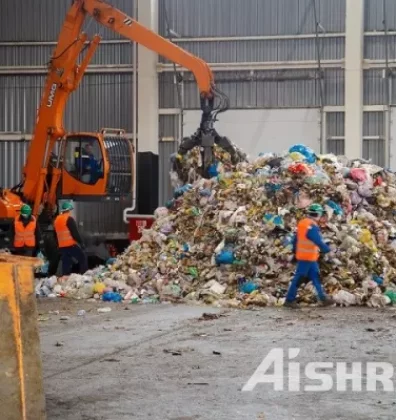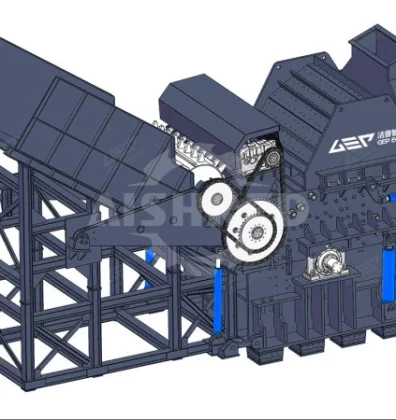Choosing a suitable LED lampshade waste shredder is a critical decision for businesses or facilities involved in recycling or disposing of these materials. To make an informed choice, consider the following factors:
- Type of Lampshade Material: LED lampshades can be made of various materials, including plastic, glass, and metal. The type of material will significantly influence your choice of shredder. For example, plastic lampshades require a different shredding process than glass or metal ones.
- Shredder Type: There are different types of shredders available, such as single-shaft, double-shaft, or granulator shredders. The choice depends on the material's characteristics and your desired output. Plastic lampshades may require a shredder specifically designed for plastics.
- Throughput Capacity: Determine the amount of LED lampshades you need to process daily or hourly. The shredder's throughput capacity should match or exceed your production requirements to avoid bottlenecks.
- Shredding Size and Consistency: Consider the size and consistency of the shredded material you need. Some applications require small, uniform particles, while others may need coarser shredding. Ensure the chosen shredder can achieve the desired output.
- Maintenance and Durability: Shredders require regular maintenance to ensure optimal performance. Check for ease of maintenance and the availability of spare parts for the chosen shredder. A durable machine will offer long-term reliability.
- Safety Features: Safety should be a priority. Look for safety features like emergency stop buttons, overload protection, and safety interlocks to prevent accidents.
- Environmental Considerations: Consider the environmental impact of the shredder. Some models are designed to be more energy-efficient and produce fewer emissions. Look for eco-friendly options if sustainability is a concern.
- Cost and Budget: Compare the cost of different shredder models and consider your budget. Keep in mind that the cheapest option may not always be the most cost-effective in the long run, as reliability and efficiency are crucial.
- Noise Levels: If noise is a concern, especially in indoor settings, opt for a shredder with noise-reduction features or one designed for quiet operation.
- Local Regulations: Check if there are any local regulations or permits required for operating shredders. Compliance with environmental laws is essential.
- Manufacturer Reputation: Choose a reputable manufacturer with a history of producing quality shredding equipment. Read reviews and seek recommendations from industry peers.
- Customization Options: Some manufacturers offer customization options to tailor the shredder to your specific needs. This can be beneficial if you have unique requirements.
- After-Sales Support: Ensure the manufacturer provides excellent after-sales support, including technical assistance and spare parts availability.
- Warranty: Check the warranty offered with the shredder. A longer warranty period indicates the manufacturer's confidence in the product's quality.
- Energy Efficiency: Opt for an energy-efficient shredder to reduce operational costs and environmental impact.


Before making a final decision, consult with shredder manufacturers or distributors, describe your specific needs, and ask for recommendations. It's also a good practice to visit their facilities or request a demonstration to see the shredder in action. This thorough evaluation process will help you choose a suitable LED lampshade waste shredder that aligns with your operational requirements and sustainability goals.



